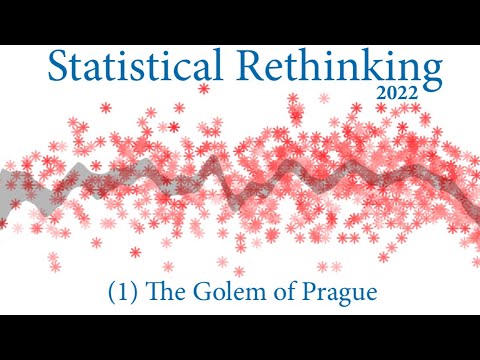There are several good ones, the usefulness of which will depend on one’s experience.
- Mike X. Cohen: Linear Algebra: Theory, Intuition, Code (2021): I think this one would be pretty good for self-study but I found it a little basic (only in the sense that there isn’t much depth). I really liked the author’s explanations for matrix multiplication, though. He also includes Matlab and Python code for various problems. This might be best for an absolute beginner or if you just need to quickly re-learn things. It is a very quick read, and quite cheap; definitely worth the money in my opinion.
- Gilbert Strang: Introduction to Linear Algebra, 5th Edition (2016): I haven’t read the whole thing but you probably can’t go wrong w/ Strang’s book. This one also goes along with MIT OCW courses (18.06 is the standard undergrad course; 18.700 is the theory/proof-based one). He has a few different books so I don’t know which is the most recent, or what the differences are among them. This might be the one you want if you learn best in a classroom-like atmosphere; i.e., if you decide to complete the course through OCW/Edx. All lectures are posted on Youtube.
- David C. Lay et al.: Linear Algebra and its Applications, 5th Edition (2014): I also haven’t read this but I always see this listed on Reddit or StackExchange in threads asking for recommendations.
- Jim Hefferon: Linear Algebra: this is a free online textbook that I haven’t read but I’ve heard good things about it. The link to Leanpub actually lets you download the whole book when you click on “Sample”, but the author also accepts money for it.
- James Gentle: Matrix Algebra: Theory, Computations and Applications in Statistics, 2nd Edition (2017): this is also not a (standard) textbook, nor is it introductory. But it is quite good as an intermediate-level reference. The author also has a whole Part dealing with numerical methods. I really liked this one but I don’t think it’s good for beginners, and perhaps not the best for self study.
- Boyd & Vandenberghe: Introduction to Applied Linear Algebra – Vectors, Matrices, and Least Squares (2018), which I think is more advanced (perhaps intermediate). It is freely available at the above link. Of interest, Gilbert Strang’s review says: “This book explains the least squares method and the linear algebra it depends on - and the authors do it right!”. But some reviews mention that it isn’t great for self study.
And if you’d like another intermediate text with excellent reviews you could check out Axler’s text, Linear Algebra Done Right, is very popular among mathematicians but from what I understand it is not meant for someone interested primarily in applications (e.g., he doesn’t “do” matrix computations). I own it but haven’t gotten around to going through it, yet. [Incidentally, MIT now uses it for their proof-based linear algebra course mentioned above.]
Finally, you could always search for threads on Reddit or StackExchange, such as this one which explicitly asks about statistics.
